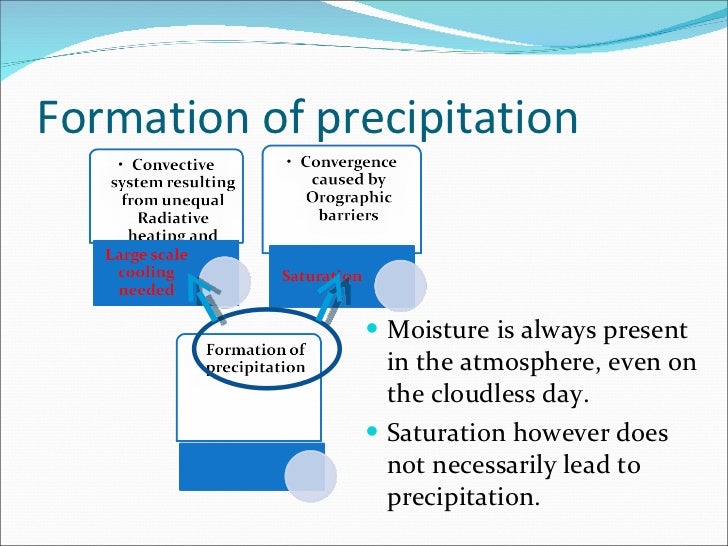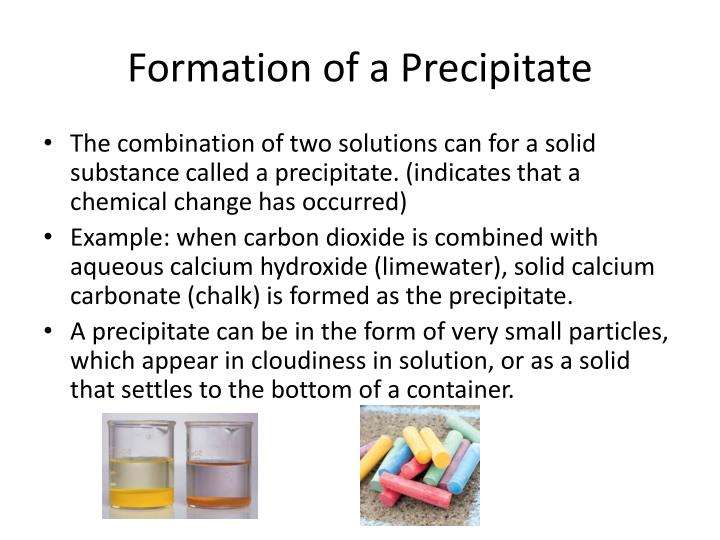
That is, the electronic file cannot be e mailed, downloaded to disk, copied to another hardĭrive, or otherwise shared. In addition, the electronic file may not be distributed elsewhere over computer networks or Neither the electronic file nor the single hard copy print may be reproduced in any way.
#Formation of a precipitate download#
The right to download an electronic file of this ASTM Document for temporary storage on oneĬomputer for purposes of viewing, and/or printing one copy of the ASTM document
#Formation of a precipitate license#
You may not remove or obscure the copyright notice or other notices contained in the ASTMĪSTM grants you a limited, non-transferable license as follows: This is not a sale all right, title and interest in the ASTM Document (in both electronic file You (Licensee) have no ownership or other rights in the ASTM Document. This document is copyrighted by the ASTM International (ASTM), 100īarr Harbor Drive, West Conshohocken, PA 19428-2959 USA.Īll rights reserved. Please click here to view License Agreement for Educational Institutions. If you do not agree to the terms of this License Agreement, promptly exit this page This License Agreement, that you understand it and that you agree to be bound by its IMPORTANT-READ THESE TERMS CAREFULLY BEFORE DOWNLOADING THIS DOCUMENT.īy downloading the ASTM Document you are entering into a contract, and acknowledge that No systematic influence of a (iron + chromium) content on the modal particle size has been found in alloys up to 15 000 ppm (iron + chromium). The precipitate volume grows as a linear function of time. The experimental data agree well with a second order kinetic law. The size distribution of the particle diameter has been compared with different growth models (Kahlweit theory). If the Fe/Cr ratio exceeds 4, the iron forms additional precipitates as Zr 3Fe and Zr 2Fe. They have the structure of ZrCr 2, and a composition ratio Fe/Cr close to the nominal composition of the alloy. Zr(Cr,Fe) 2 particles are formed in the presence of iron + chromium. After an addition of chromium, the ZrCr 2 phase precipitates. In the case of iron added to the ZrSn matrix, Zr 3Fe precipitates are preferentially formed, with the possible presence of some Zr 2Fe particles. The solubility range extends up to 120 ppm for iron at 820☌, 200 ppm for chromium at 860☌, and about 150 ppm for iron + chromium, with Fe/Cr = 2, at 810☌.


The maximum solubility of iron and chromium was found to be very low. Sheet specimens have been fabricated and heat treated at temperatures in the range of 550 to 1050☌. Zirconium base alloys with 1.4% tin and 40- to 16 000-ppm iron or chromium, or both, with varying Fe/Cr ratios have been melted. Investigations have been performed with the objective to (1) determine the solubility limits of iron and chromium in a Zr 1.4% Sn matrix, (2) characterize the precipitates formed when the maximum solubility is exceeded, and (3) study the growth mechanism of precipitates in alloys with different (iron + chromium) content. However, basic feature of the precipitate formation, such as the solubility limits of iron and chromium in a ZrSn matrix, are still unknown.

The intermetallic precipitates in Zircaloy are generally considered to be of special importance for the properties of the alloy.


 0 kommentar(er)
0 kommentar(er)
